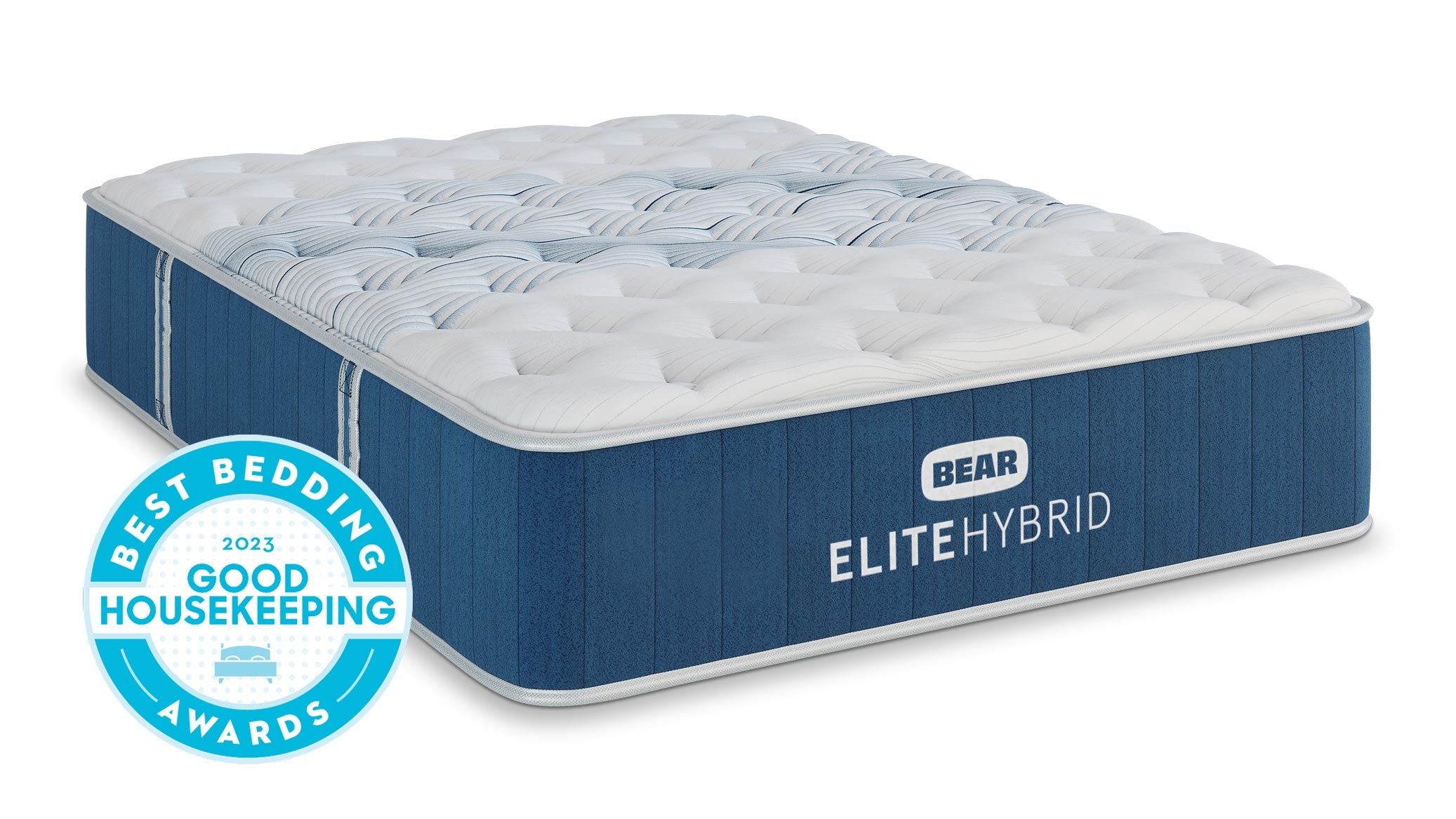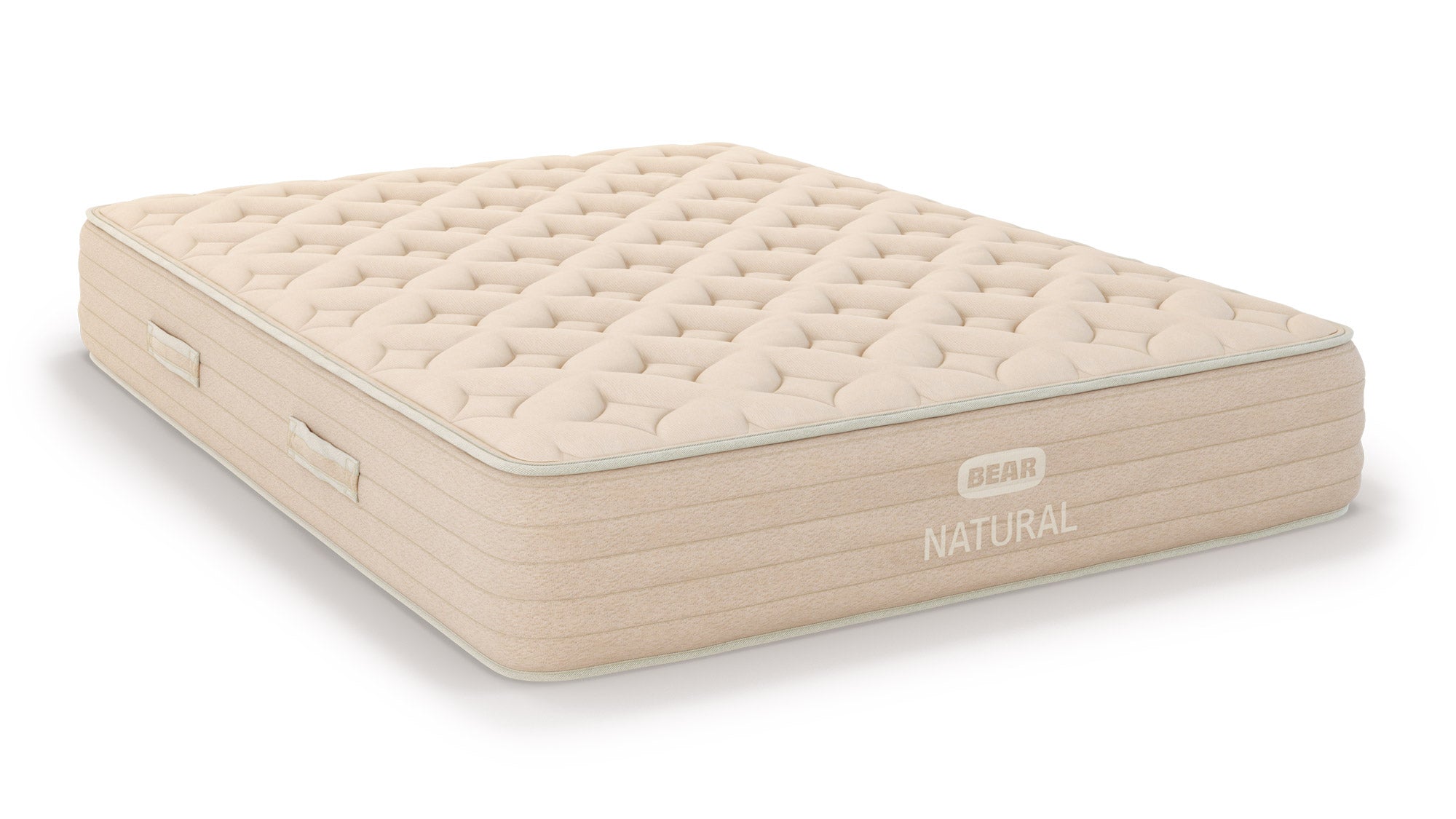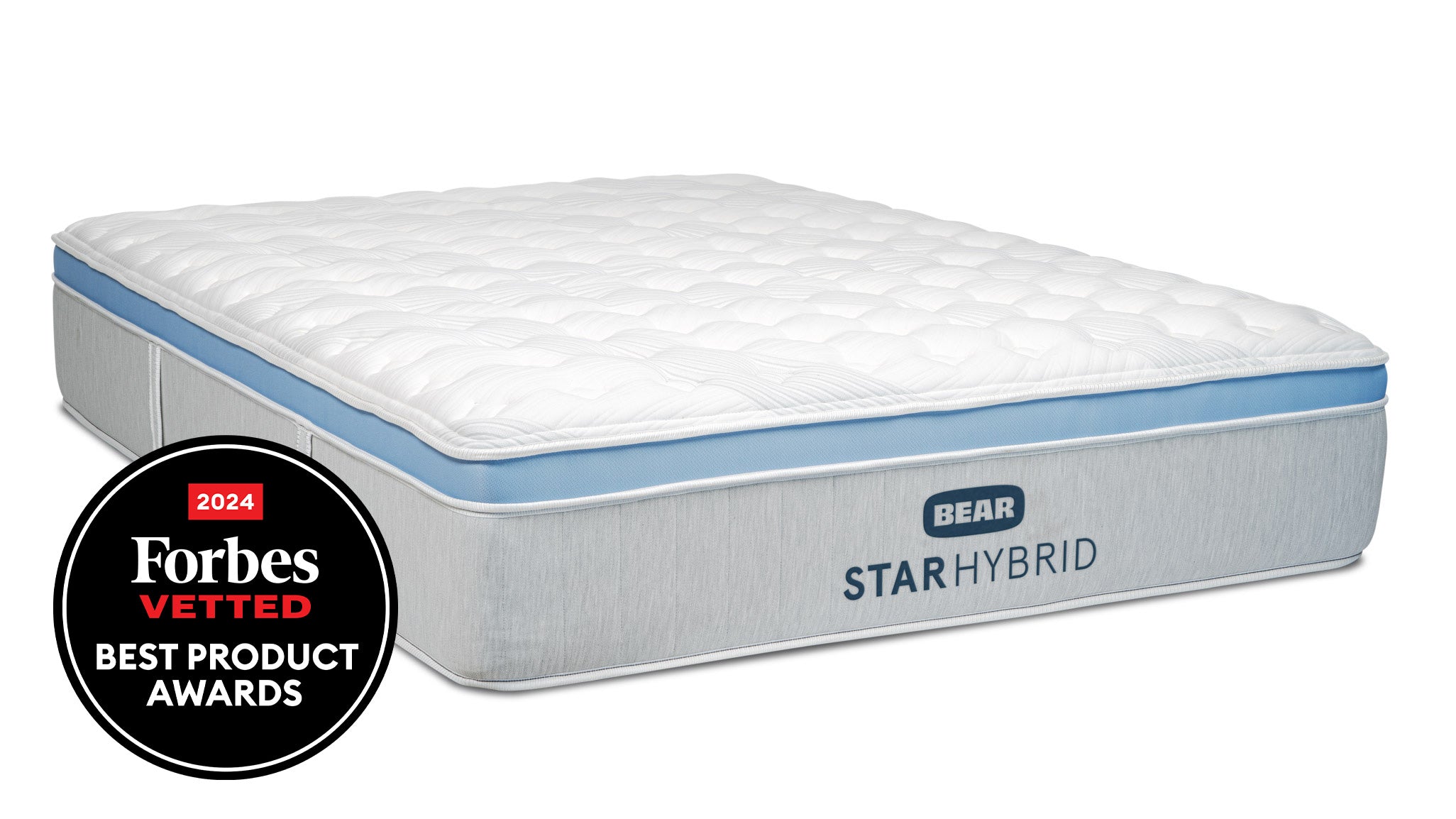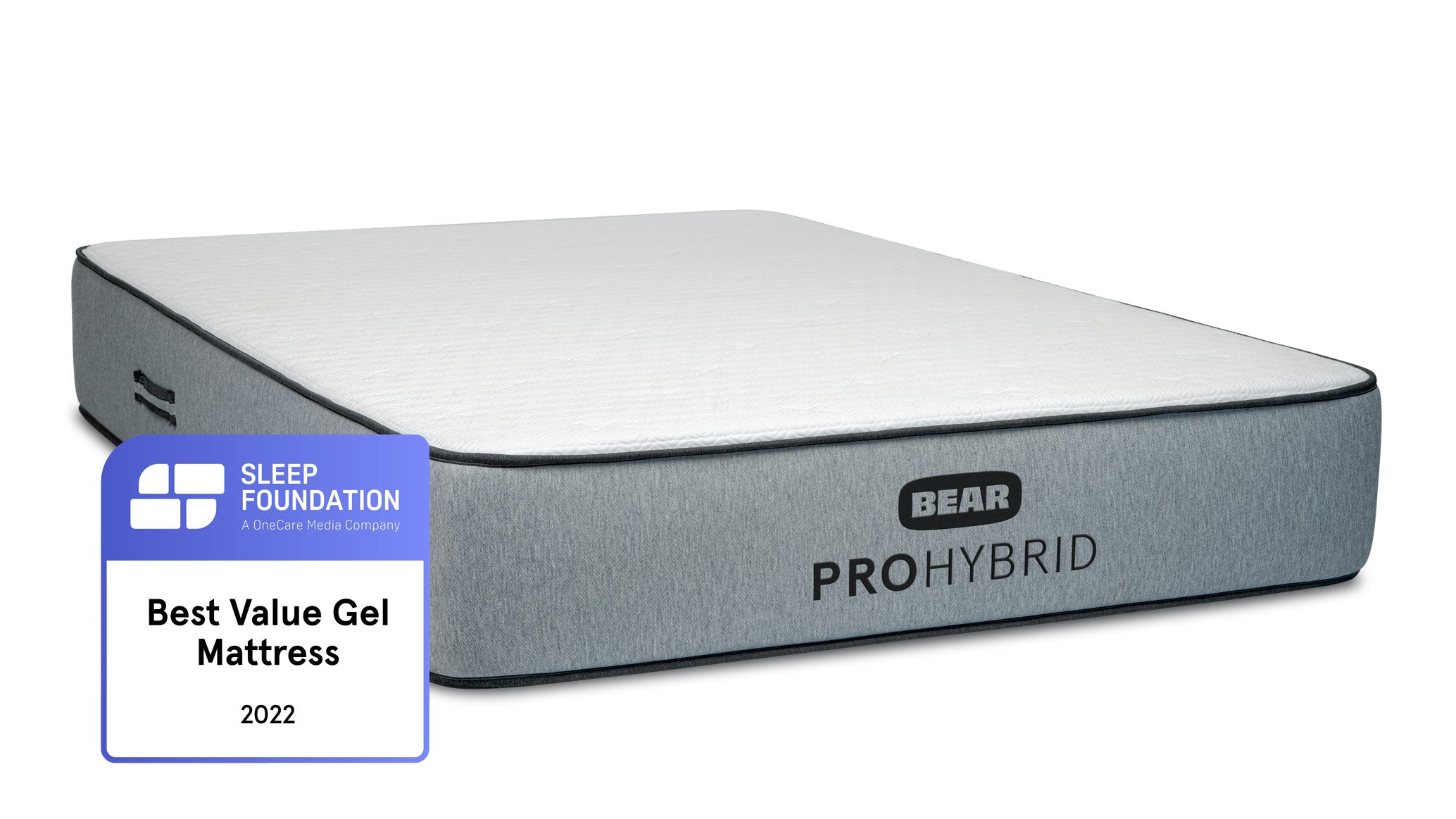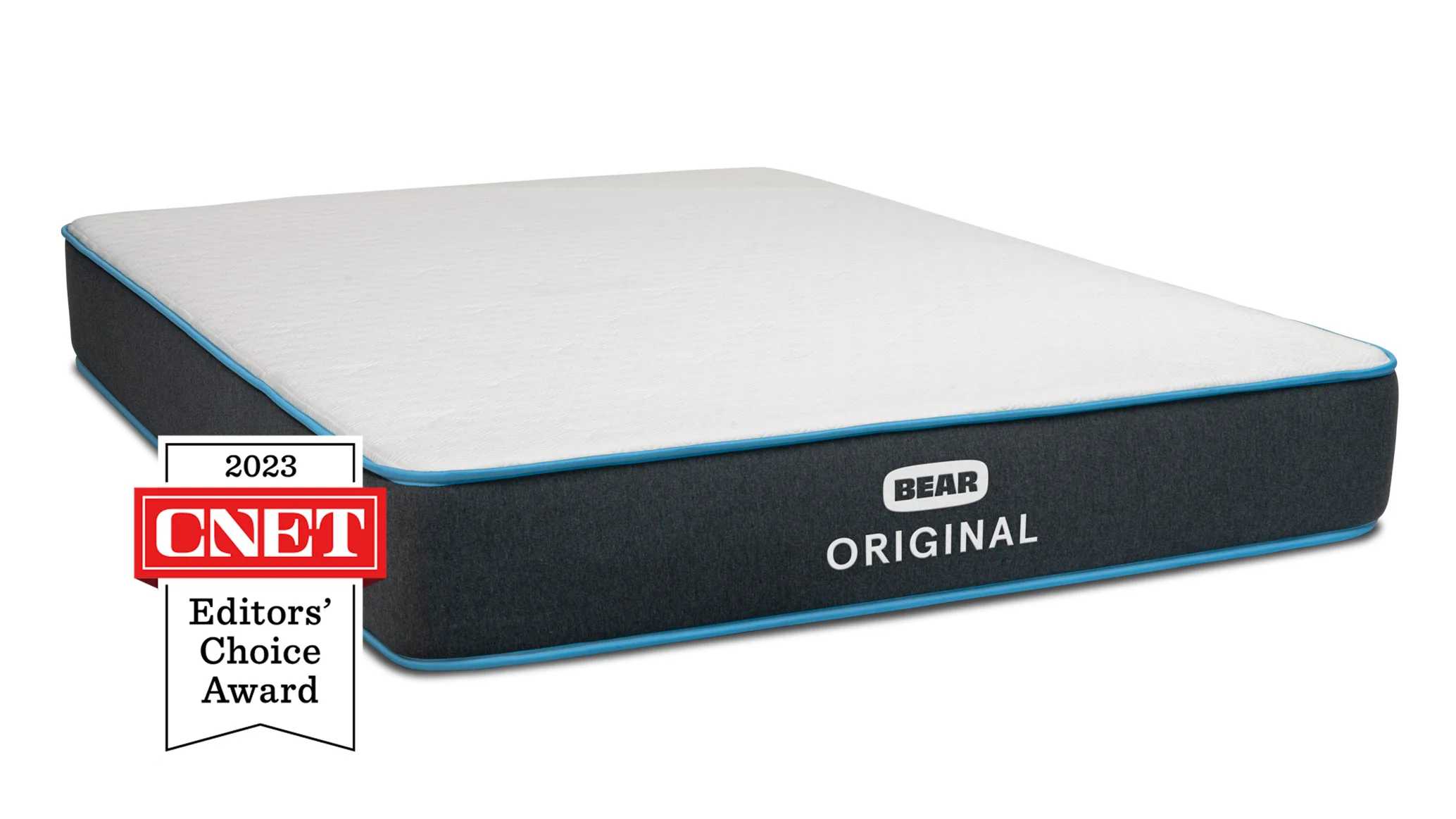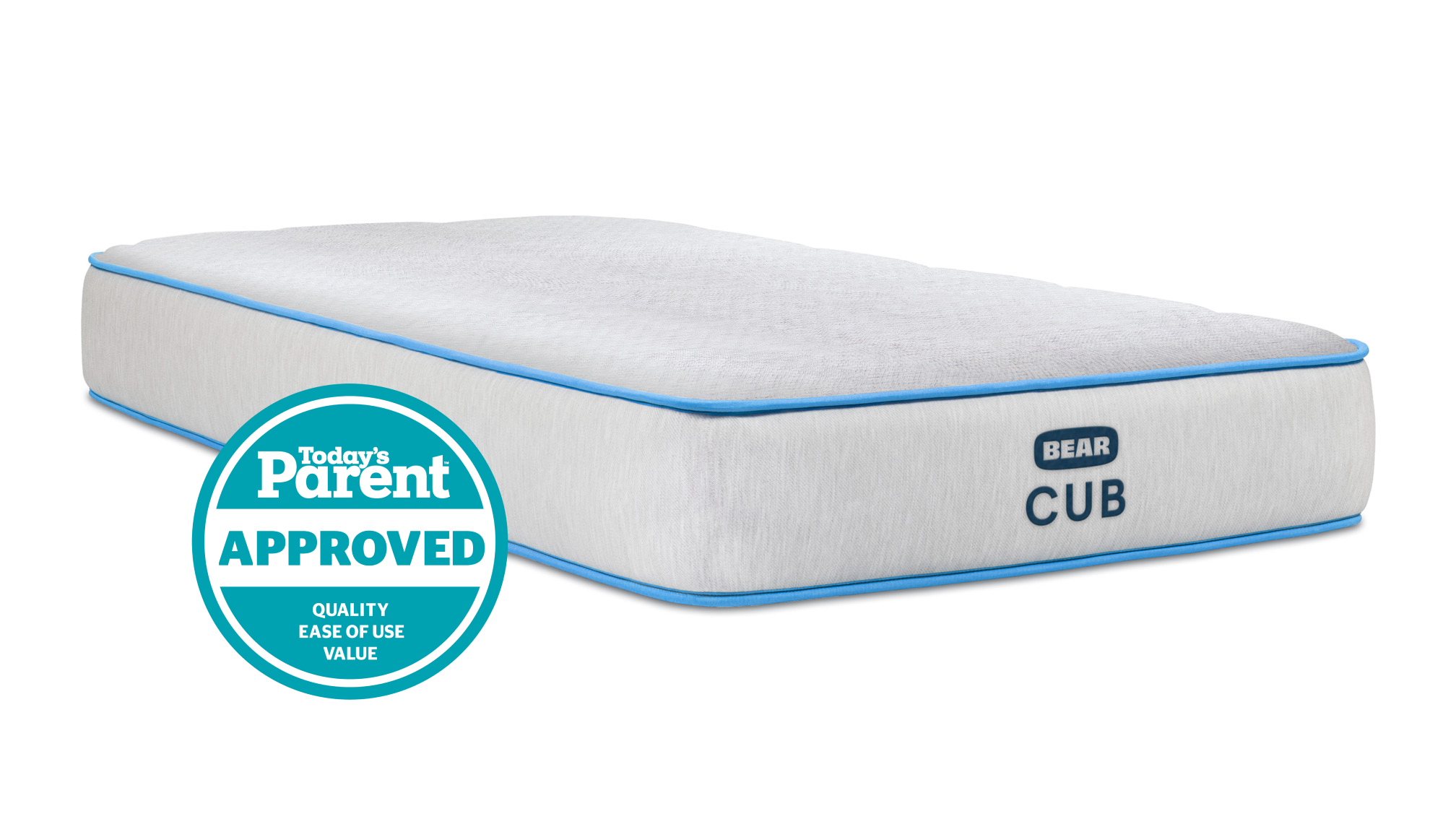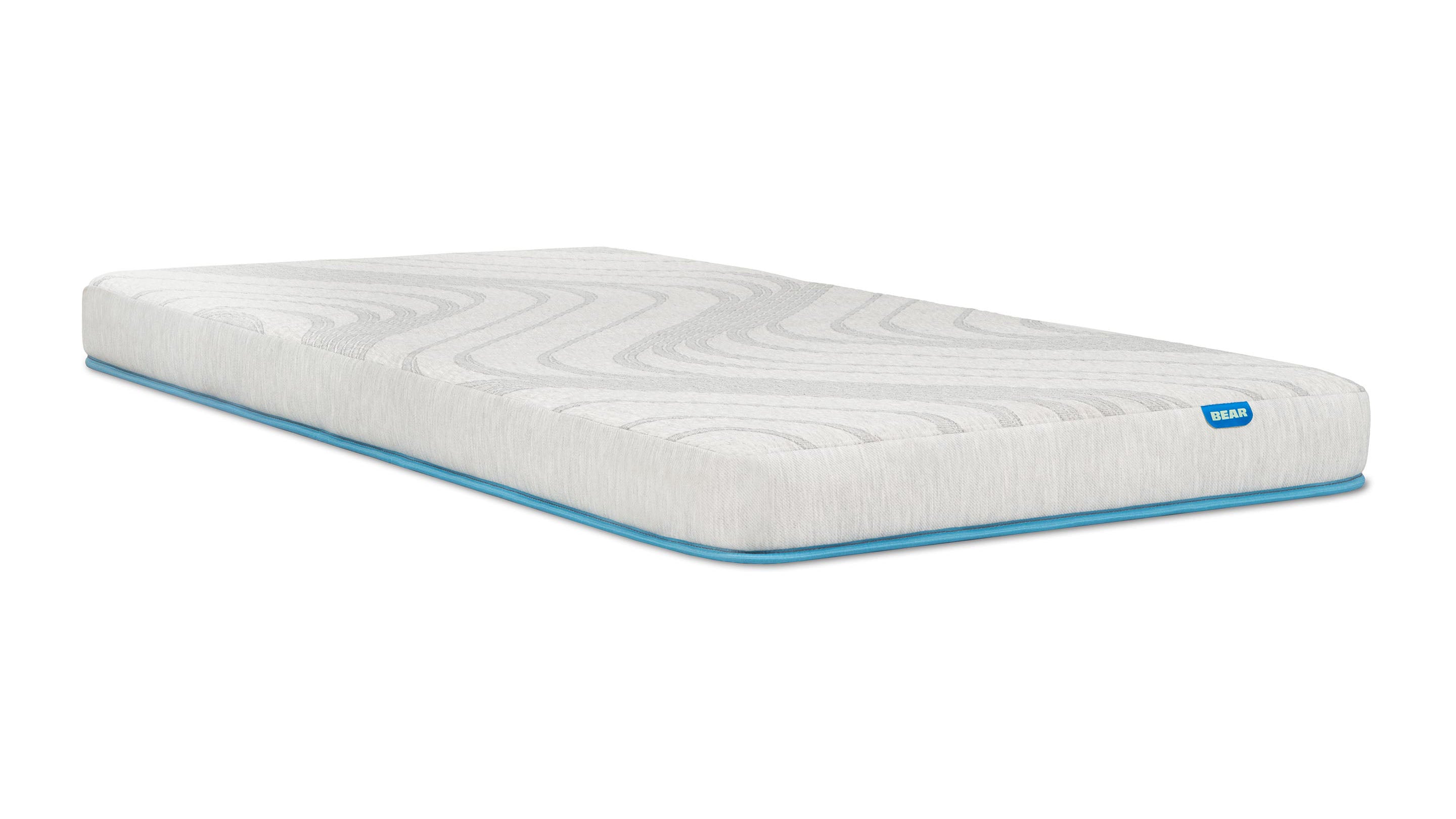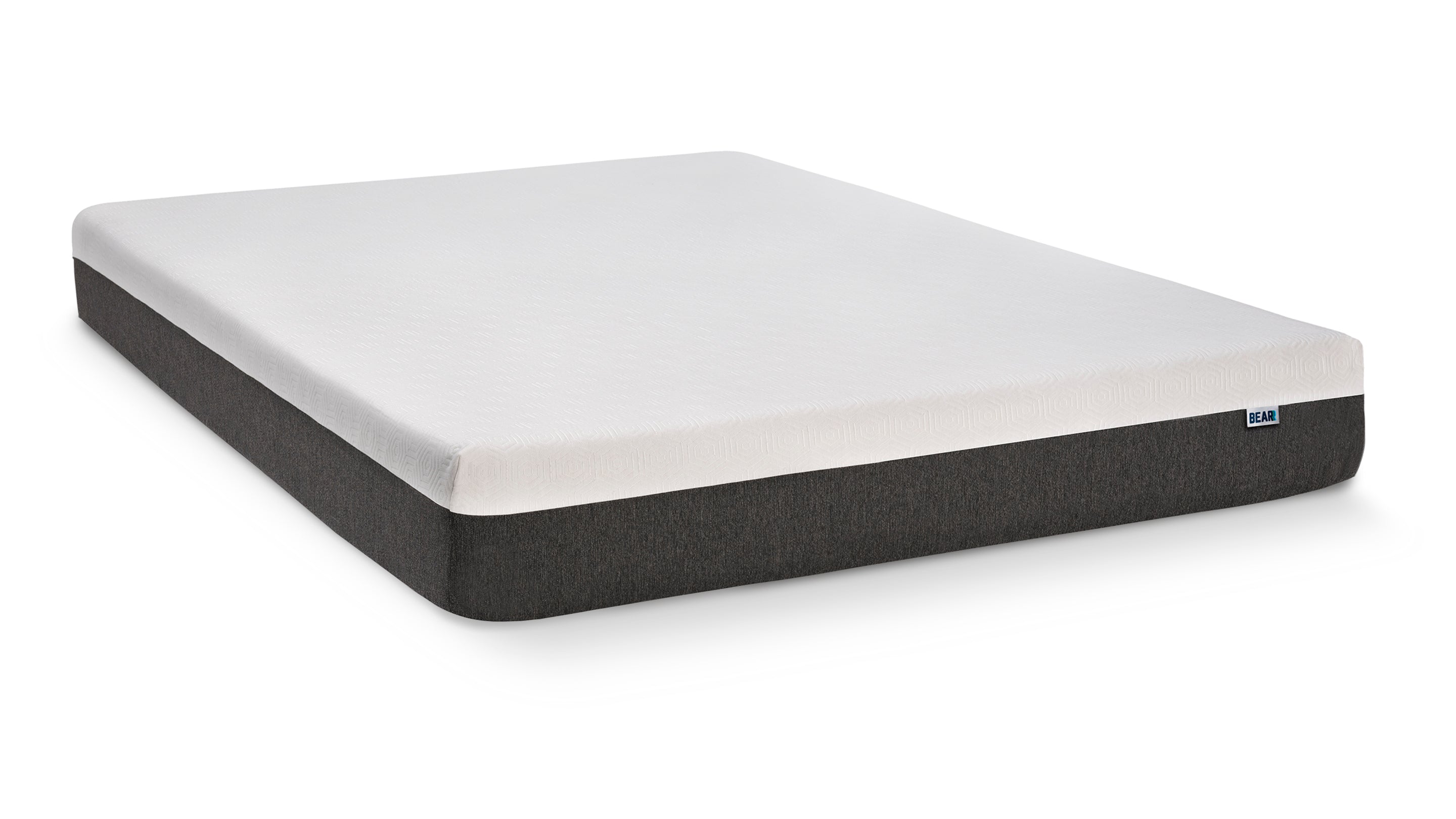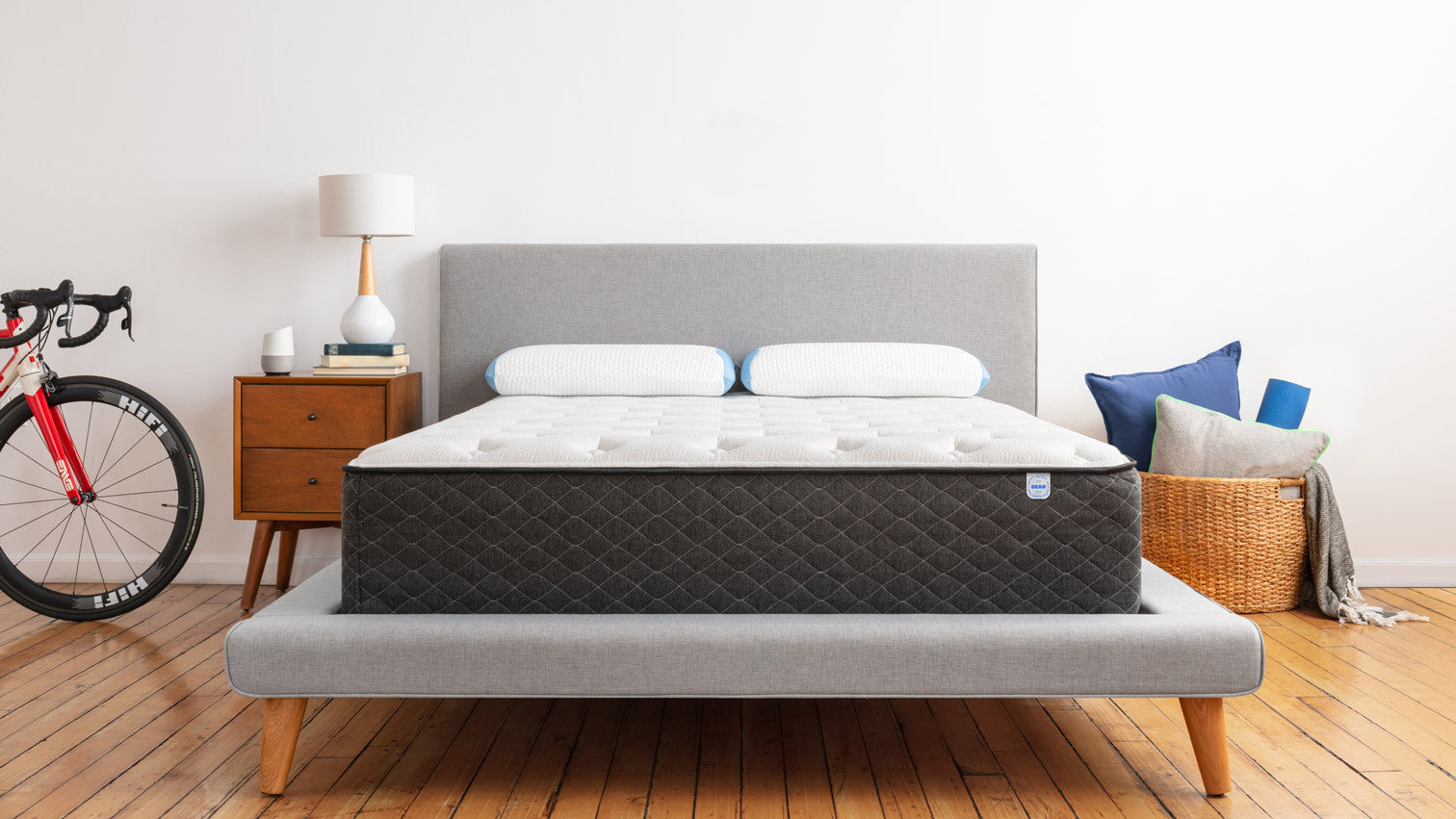Muscle soreness is natural after a workout (especially if it’s an intense one). But that doesn’t make it any less uncomfortable or painful for those experiencing it. When it’s happening, most of us want nothing more than to make it go away so we can 1) feel better, and 2) get back on the “workout horse.”
Ultimately, it takes time for your muscles to start to bounce back — but there are steps you can take before, during, and after exercise to help ease any muscle pain or discomfort, and speed up muscle recovery.
1. Hydrate Before, During, and After a Workout

Staying hydrated is a vital part of muscle recovery. A few glasses of water can help ease inflammation, regulate body temperature, and flush out any metabolic waste your body produces during a workout. Fluids can also help deliver nutrients that are used as energy to your muscles.
The American Council on Exercise suggests the following water intake to support your body before, during, and after training:
Before a workout:
- 17–20 fluid ounces of water 2–3 hours before exercise
- 8 fluid ounces of water 30 minutes before exercise
During a workout:
- 7–10 fluid ounces of water every 10–20 minutes
After a workout:
- 8 fluid ounces of water 30 minutes after exercise
- Plus, 16–24 fluid ounces of water for every pound of body weight lost during exercise
Of course, there are other beverages you can drink to stay hydrated — but before you reach for that sports drink, remember that water usually does the trick.
2. Eat High-Protein Foods That Help Build Muscle
Whether it’s before or after a workout, eating foods that are high in protein is a great way to promote muscle recovery and help build muscle. The International Society of Sports Nutrition recommends that athletes focus on consuming whole food sources of protein (like quinoa). However, the amount of protein a person needs will depend on age and the intensity of training. And if you’re the type to exercise in the evening, we’ve got a list of some high-protein foods that’ll help you fall asleep, too.
3. Do Some Yoga

If your muscles are really sore, the fluid movement and stretching of yoga can provide relief. But keep in mind: not all styles of yoga are as restorative as others. For example, ashtanga, vinyasa, or power yoga, which are faster-paced and generate a lot of heat in the muscles, might not be the best option for soreness. Yin yoga, on the other hand, is an excellent option for muscle recovery — it’s slow-paced and focuses on poses that target deep connective tissues, like fascia and ligaments, which is excellent for increasing flexibility and relieving muscle tightness.
That said, if you happen to do a vinyasa flow practice the day after an intense workout, don’t sweat it. No form of yoga is bad for recovery as long as you’re listening to your body and not pushing your muscles where they don’t want to go.
4. Use a Foam Roller After Working Out

Ever heard of self-myofascial release (SMR)? It’s a technique that releases tension and “knots” in the muscles and connective tissues — and you can make it happen with a foam roller (or a lacrosse ball or a massage stick).
According to the International Journal of Sports Physical Therapy, foam rolling helps with a few aspects of recovery: moving the fluids that accumulate in the muscles during exercise, increasing circulation, and delivering nutrients and oxygen to the muscle, thereby reducing swelling and tenderness. It can also help increase your range of motion.
Admittedly, foam rolling doesn’t always feel the best while you’re doing it, but it can help make your muscles feel better in the long run and decrease the risk of muscular injury.
5. Try Gentle, Low-Impact Exercise

Sometimes, in order to deliver the oxygen and nutrients needed to repair your sore muscles, you need to get blood moving — and that often requires exercise. However, you never want to cause more damage to your muscular tissue. Short but brisk walks, gentle swims, or easy bike rides can help increase blood circulation to your muscles without overexerting them.
6. Use Heat or Ice to Relieve Soreness
Heat or ice? Ice or heat? There’s debate about which one is better for muscle recovery, but ultimately, it’s up to you. Do whatever feels good for your body because both have benefits: heat can help minimize tension and pain signals, and it may help with circulation; ice can help reduce swelling and inflammation in the muscles. You could even go as far as trying whole-body cryotherapy, a treatment that involves standing in a freezing chamber for a few minutes — though the jury’s still out on whether it’s more or less effective than old-school ice baths.
7. Get a Massage (or Do Self-Massage)

Getting a light-pressure massage, like Swedish massage, has always been one of our go-tos for soreness relief and muscle recovery. But if you can’t get a last-minute appointment with your massage therapist or don’t want to throw down the cash for a session, you can always do some self-massage at home.
When it comes to self-massage, we like using a combination of techniques. Percussive massage equipment is often a great option because it’s lightweight, easy to use, and does the hard work of increasing circulation and decreasing muscle tension for you. It achieves the similar results to foam rolling, but in a more targeted manner.
8. Use Compression Wear
A recent study found that wearing compression tights can lead to faster muscle recovery for athletes, especially when worn after intense exercise. Why? Blood moves faster through narrow blood vessels than wider ones, so compression clothing can help blood flow more quickly and effectively up to your heart, which then pumps oxygen-rich blood back to your sore muscles. Compression can also help decrease lactic acid buildup in your muscles, providing additional relief from soreness.
9. Take It Easy & Avoid Overtraining
Sometimes, your body just needs you to do nothing — and that’s more than okay! If you feel like your muscles are begging you to laze around on the couch or take an extra nap, then do it. Of course, you can ice, massage, or gently stretch your muscles while you take it easy, too. But the important takeaway here is to listen to your body and avoid overexerting or putting undue stress on your tired muscles.
10. Sleep!

It’s often overlooked, but the easiest, most effective, and most natural way to build muscle and speed up muscle recovery is to get a good night’s sleep — especially after an intense workout. In fact, the majority of muscle repair happens while you’re sleeping because your energy consumption lowers, thus enabling your pituitary gland to release human growth hormone, or HGH. During sleep, your muscles also absorb the carbohydrates and protein-derived amino acids necessary for building new cells and repairing broken-down tissue.
No matter how often you work out or how good an athlete you are, sleep deprivation can lead to feeling weaker, slower, and less coordinated — which is why it’s important to not only get enough sleep, but also to get the best sleep possible. This means creating an ideal sleeping environment with a cooling mattress like the Bear Elite Hybrid that’ll take pressure off any sore muscle groups, as well as a pillow that promotes proper spinal alignment. You’ll also want to practice good sleep hygiene, such as going to bed at the same time every night and avoiding the endless scroll on your phone before bed.
Remember to Listen to Your Body
Feeling energized the day after a tough workout? Then you can probably handle a moderately intense one today. Feeling sluggish or unusually sore? Then give yourself a break. Your muscles won’t recover (or get stronger) any quicker if you’re pushing yourself too little or too much.
It’s all too easy to ignore those signals your body gives you during or after exercise. We often convince ourselves that we’re imagining that tension in our back or that sharp pain in our knee, which is why we can’t stress enough the importance of listening to your body — whether you’re trying to speed up muscle recovery or not.
